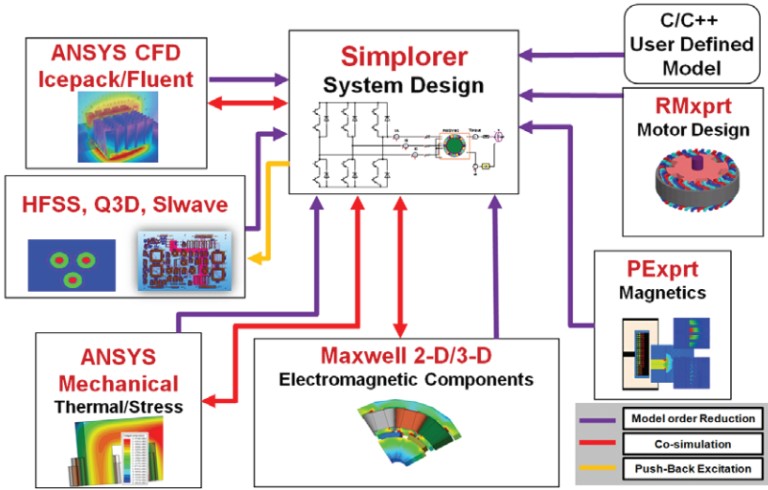VOF for Ship Resistance and Free Surface Flow
Let’s now concentrate on two common uses for VOF modeling: ship resistance analyses and free surface flow. Our meshing approach and expectations for simulation stability are impacted by this application. The sole interface between air and water is a key characteristic of unrestricted surface flow.
Free surface flow simulates a single continuous contact between the air and the water, in contrast to industrial flow scenarios that might imitate bubbles. This produces a discrete area where the meshing can be concentrated.
The volume fraction should preferably shift from a value of 0 to 1 in the span of 1 to 2 cells in order to accurately represent that air-water interface. Unfortunately, reality rarely reflects idealism.
Rapid changes in volume fraction are not supported by interpolation models for volume fraction. High resolution interface compression (HRIC), developed by CFD developers, attempted to address issue, however it was not entirely successful. The CFD engineer must instead use a modeling approach.
You must focus the mesh for the modeling solution in the areas where you anticipate changes in the volume fraction. With 6–12 cells spanning the zone of transition, the vertical cell spacing is between 10–20 percent of the normal cell size. If you need to account for waves, the transition region expands.
Unreasonably high cell counts can, unfortunately, quickly result from accurate resolution of the transition area. One of the main modeling issues CFD engineers have in VOF modeling is balancing mesh resolution with mesh size.







